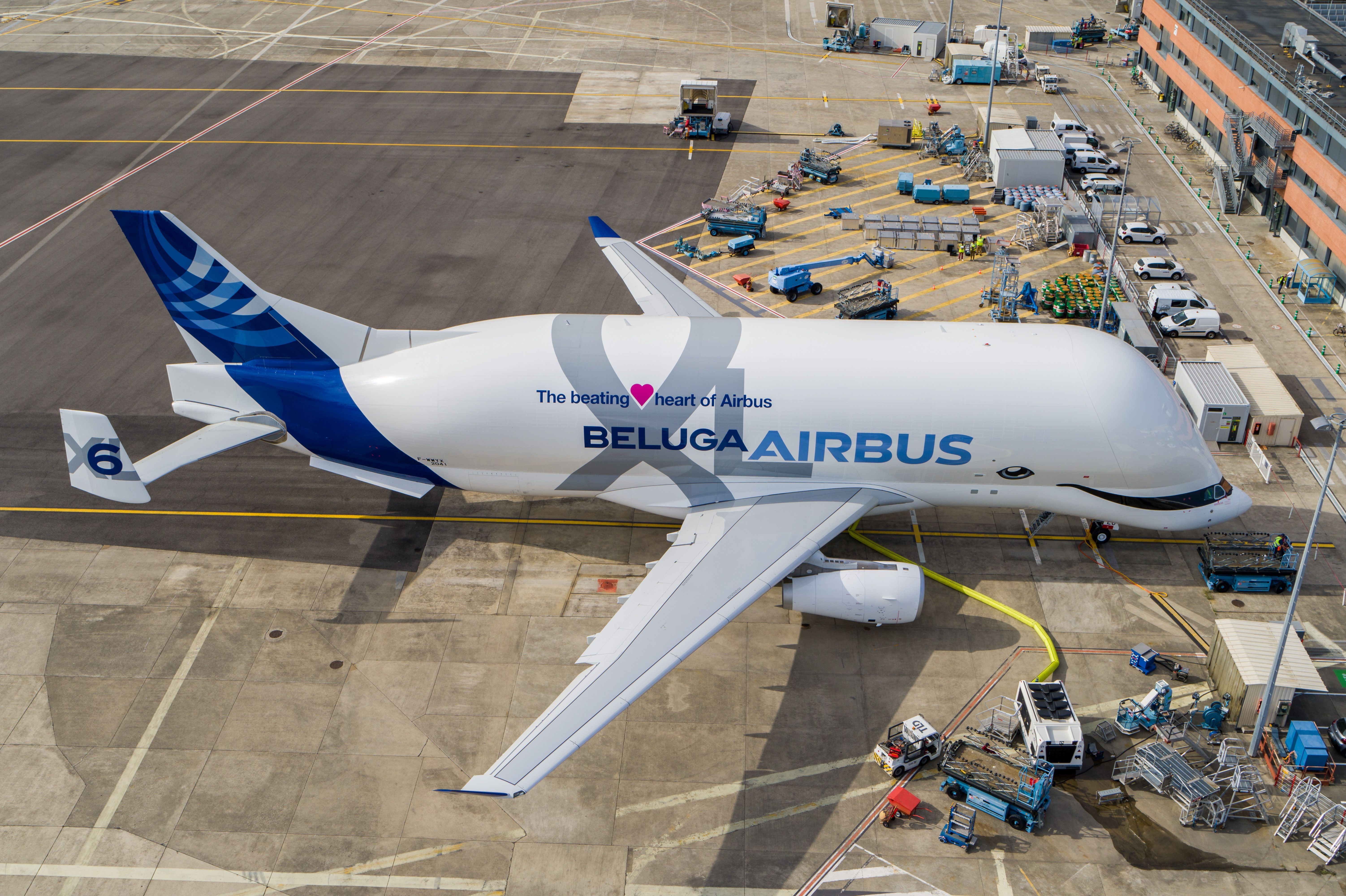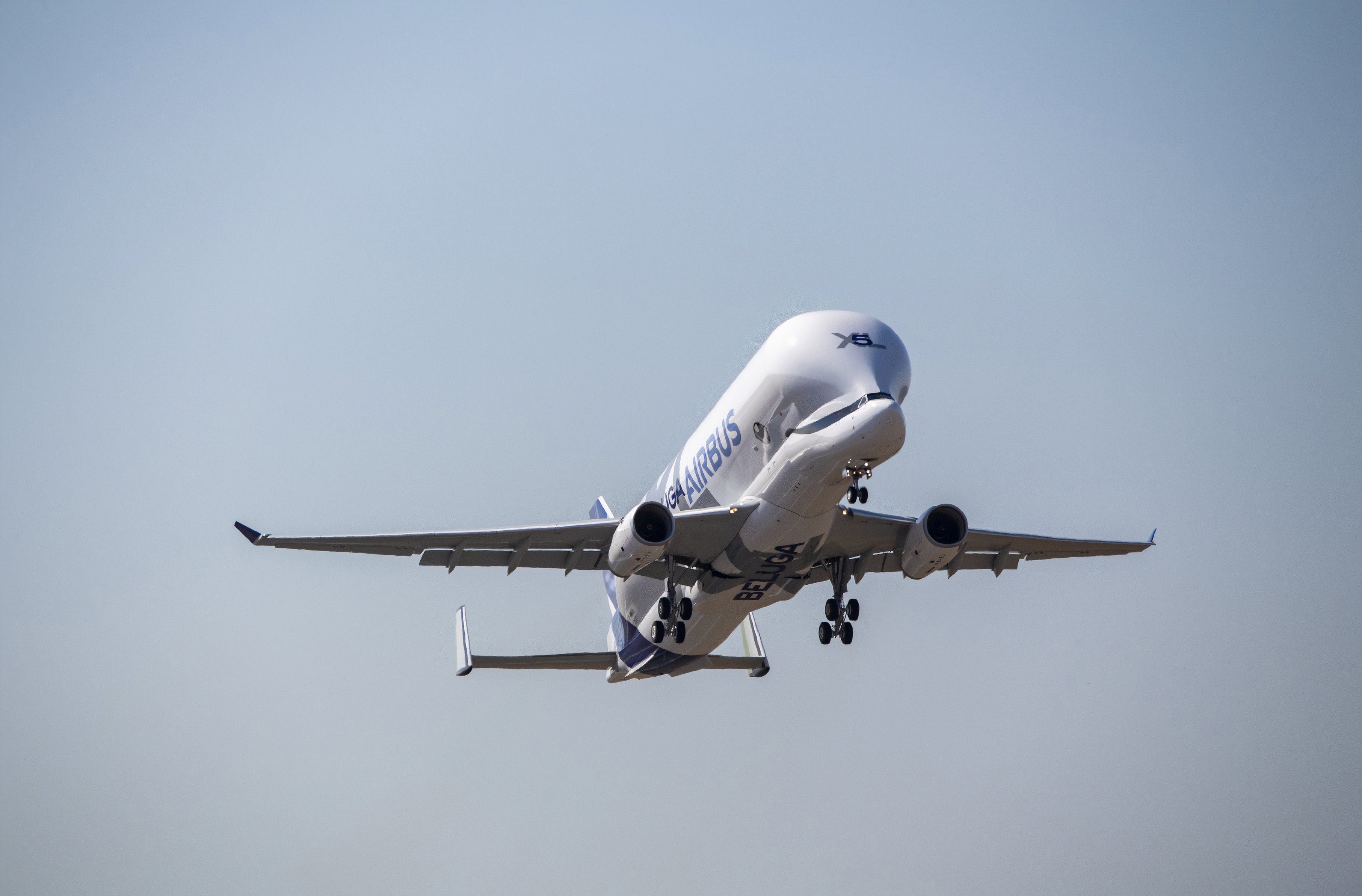Bussiness
Airbus Completes Delivery Of Final BelugaXL Cargo Aircraft
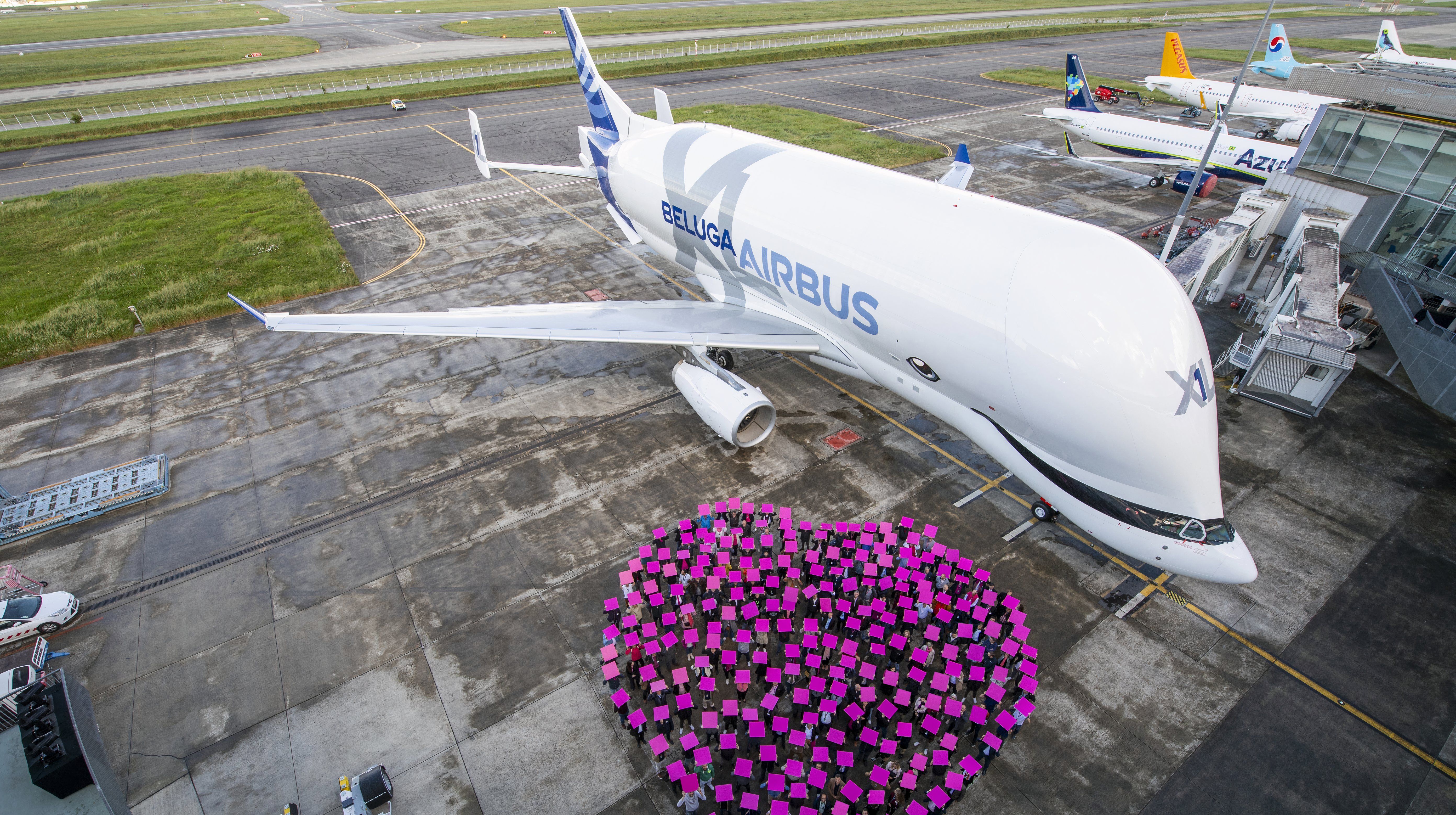
Summary
- Airbus completes fleet with the last BelugaXL, transforming the test aircraft into a cargo workhorse.
- The program launched in 2014 to create a high-performance aircraft with a 51-ton payload capacity.
- The BelugaXL fleet will play a crucial role at Airbus for the next 30 years.
Airbus has received the last of the six BelugaXLs, completing its fleet of these special cargo aircraft. These bigger planes are based on the A330-200 freighter and succeed the original ‘Beluga’ that was based on the A300 aircraft.
From test aircraft to cargo workhorse
Airbus now has six BelugaXL aircraft, the last of which recently joined the previous five to carry out special cargo operations. Interestingly, the latest aircraft to join the fleet was also the first in the XL series to leave the assembly line but was kept aside as the program’s test platform all these years.
Photo: Airbus
For four years, this plane completed more than 800 flight test hours, enabling pilots to explore how the BXL would handle the different operational conditions when traveling to and from 11 European destinations.
Then, in 2023, it was brought back into maintenance, where it underwent cabin refitting and refurbishment. Finally, amid an increase in production, it was ready to help Airbus’s commercial aircraft program.
Created for better performance
The BelugaXL program was launched in 2014, and Airbus brought together around 1,000 engineers and suppliers to simplify the process. It re-used and borrowed parts, equipment, and design principles from other Airbus platforms wherever possible and helped the BXL program go from the drawing board to its first flight in just five years.
The BelugaXL has a payload capacity of 51 tonnes and a range of 2,200 nautical miles. Airbus specifies that it is as long as two blue whales and as tall as a three-story office block. Its cargo area is big enough to accommodate 26 small cars or seven elephants.
Photo: Airbus
But Airbus’ main purpose for this aircraft is to help bring together parts for its commercial program, as the BelugaXL can lift the largest A350 fuselage section or two of the widebody’s 30-meter long wings. Bertrand George, who led the plane’s development, commented,
“Our instructions were to halve the BXL’s original development cost, and deliver the first aircraft – certified as a normal A330ceo – within five years. Fortunately, we had carte blanche to explore novel approaches to make it happen. Those experiences will be beneficial to future programs in all of Airbus’ businesses.”
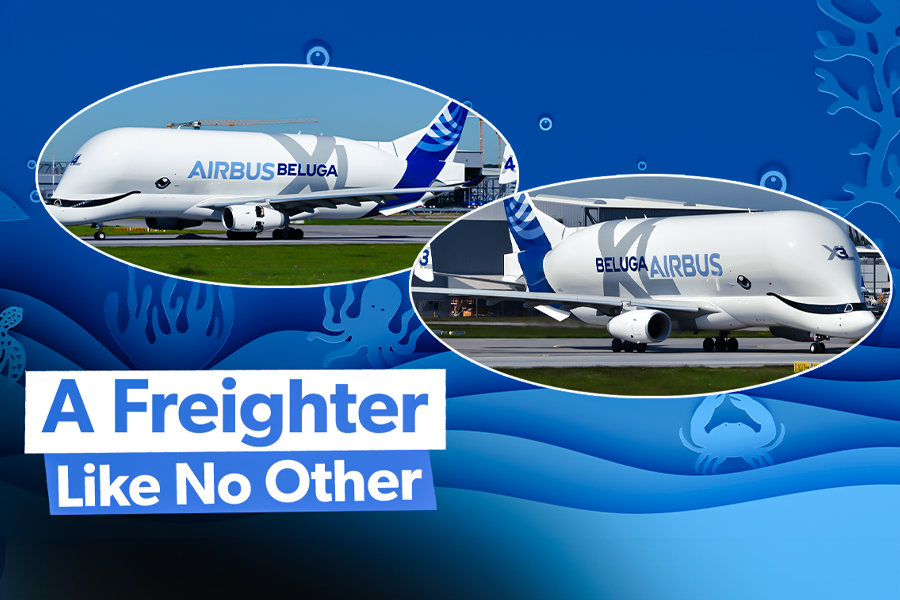
Analysis: The Facts & Figures That Make The Airbus BelugaXL Such An Impressive Freighter
Between 2016 and 2023, the European aircraft manufacturer built six examples of the type.
Long-term plans
Given Airbus’ busy delivery schedule, it is expected to put its BelugaXL fleet to good use. These planes fly for Airbus Transport International (ATI), a subsidiary of Airbus that handles the task of flying Airbus airplane parts between factories and assembly lines.
Airbus has big plans for the fleet and expects it to reach 9,500 flight hours annually by 2027, compared to a planned 6,500 flight hours in 2024. Like the previous generation Beluga, the BXL can also operate with a blend of sustainable aviation fuel (SAF), contributing towards Airbus’ sustainability goals.
Photo: Airbus
These giant aircraft are here to stay for a while, as Airbus expects them to be in active service for the next three decades. With their larger size and cargo-carrying capacity, they will likely play a crucial role in maintaining Airbus’ delivery schedule for many years to come.
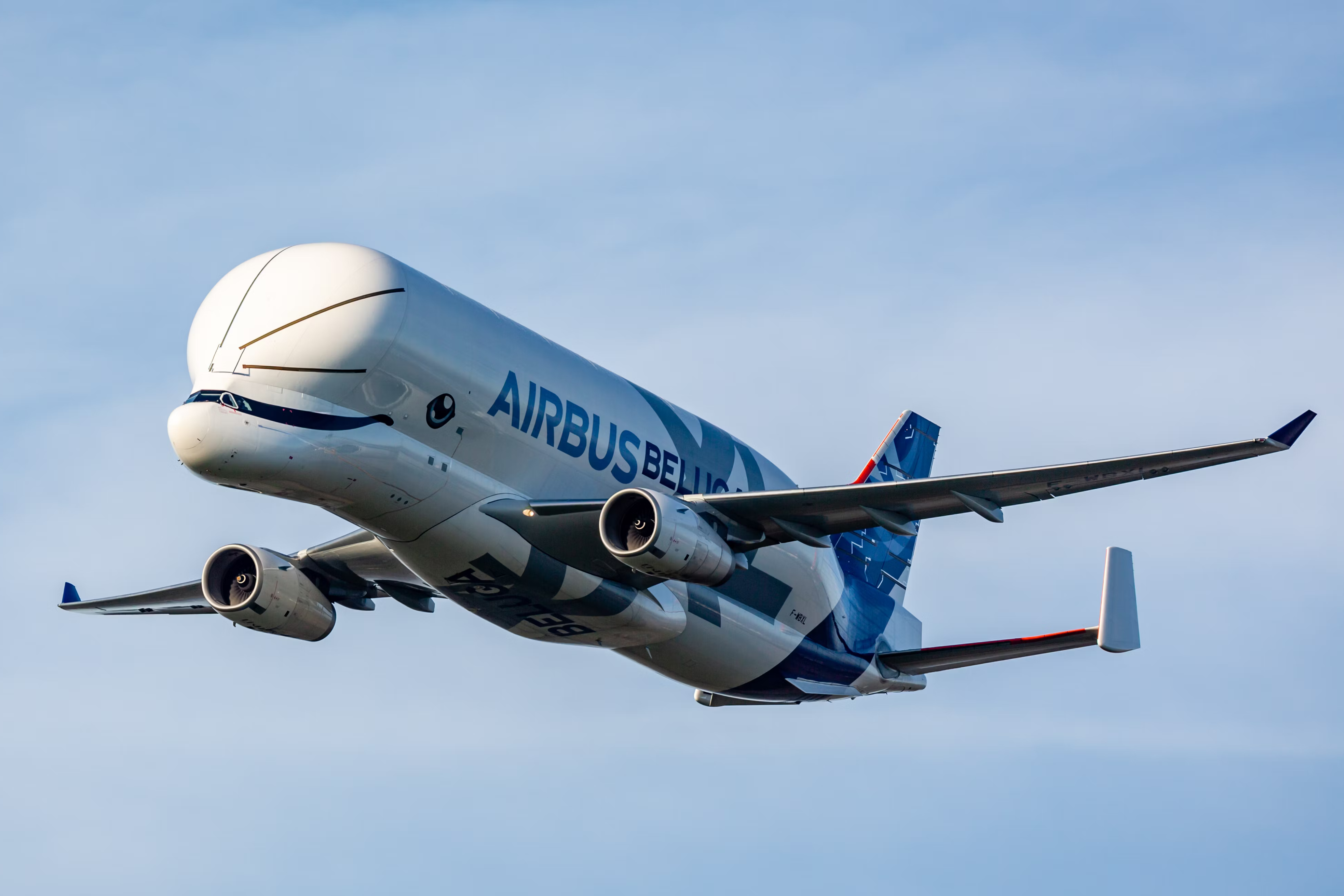
What Would The Passenger Capacity Of The Airbus Beluga XL Be If It Was An Airliner?
The concept aircraft may accommodate at least 40% more passengers than the Airbus A380.
What are your views on this? Please leave your comments below.

